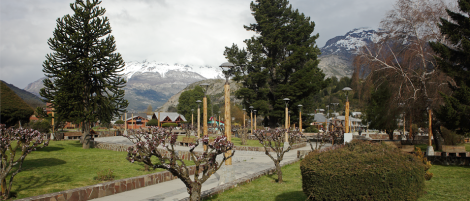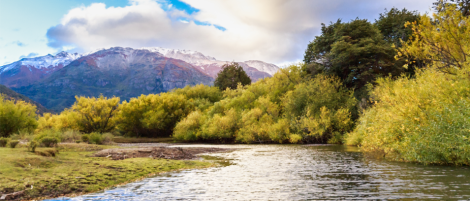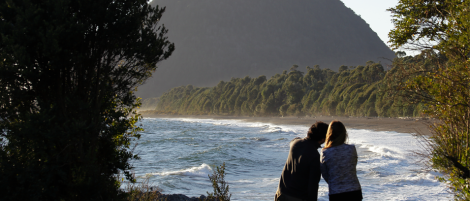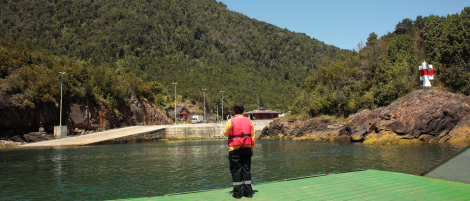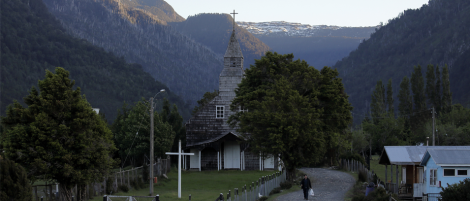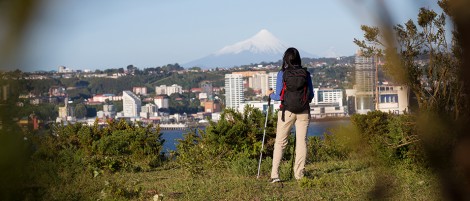What to do in Futaleufú?
Futaleufú is characterized by its outdoor activities and extreme sports.…
Futaleufú, a town painted by God
Next to the border crossing “El Límite” separating Chile from…
What to do in Chaitén?
A must-see in Chaitén is the Desertores Islands, here lives an important part of…
Hualaihué, place of aquatic birds
Hualaihué in its native language means “Place of Hualas” or “Place of…
What to do in Cochamó?
The Reloncaví Estuary is one of the main attractions of the commune.…
Cochamó, the place where the freshwater estuaries and the sea meet
The Commune of Cochamó was founded in 1979 and its capital is…
The Bimodal Road: The experience of visiting the Patagonia by sea and land
Fjords, villages, and towns surrounded by wilderness are some of…
Sitting by the sea
Puerto Montt city is located in the heart of Reloncaví.…
